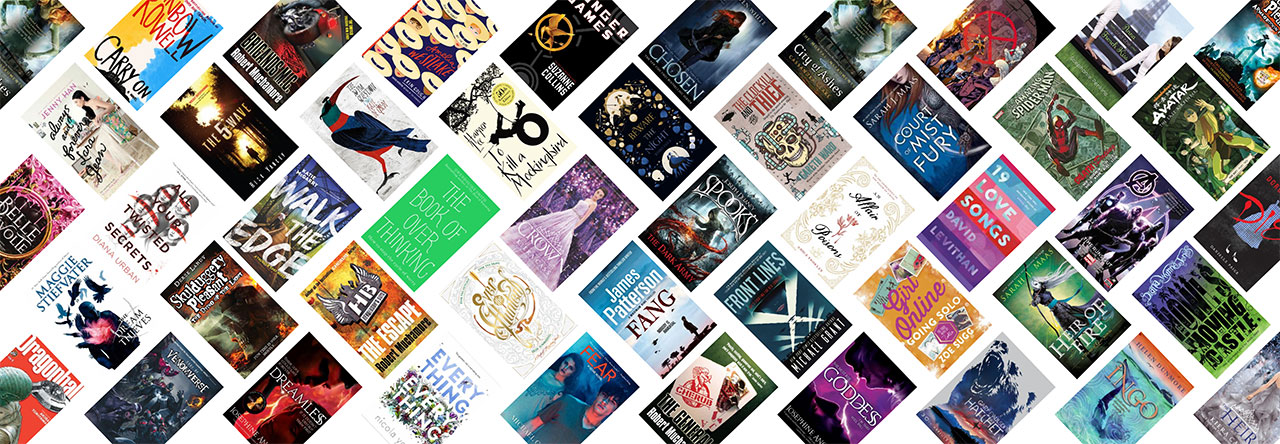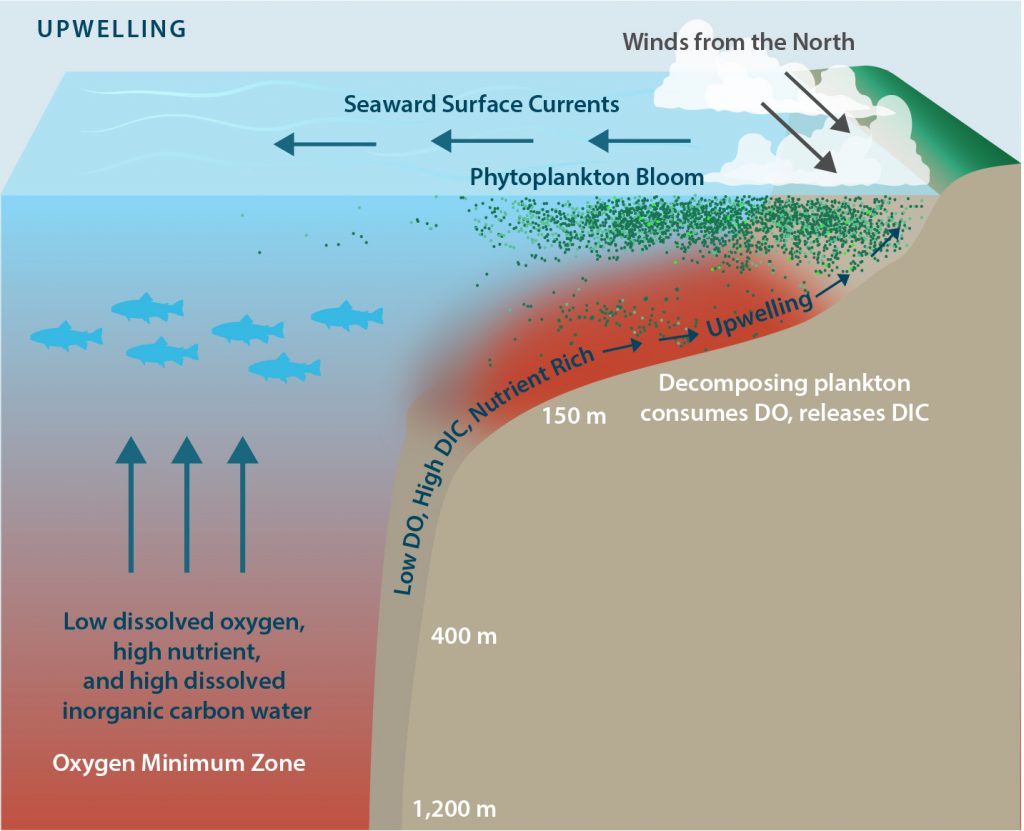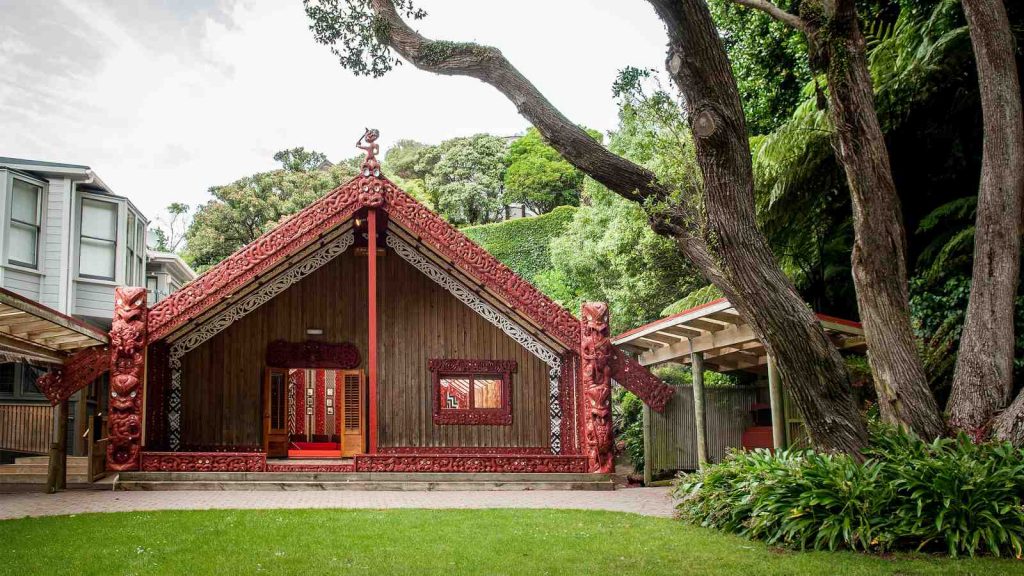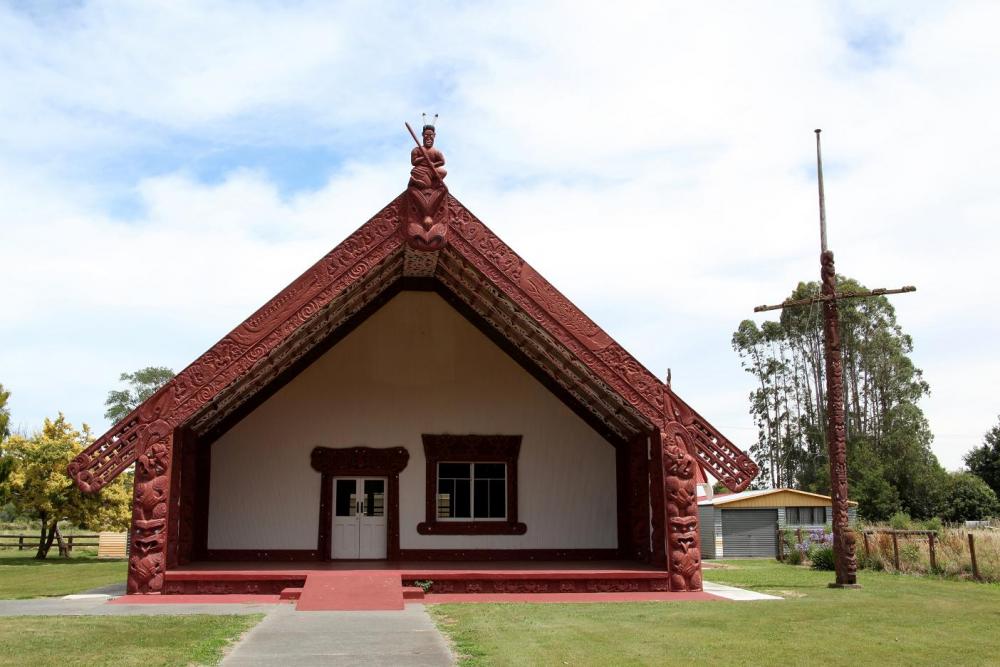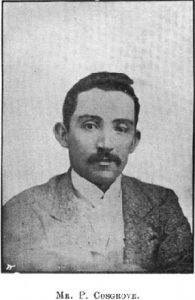Well, folks, this is it — submissions for Tūhono, our inaugural poetry journal for children and teens, are officially over. We received nearly 200 valid entries, all of which are going to be included in the final publication.
At the moment, the editorial team is hard at work adding all of the poems into our design templates, and we’re super excited with how it’s looking! We thought we might share with you some of our favourite moments reading through the poems. One of the first entries that really stood out to us was this poem by Thyme, age 16. It’s called ‘Included Components: notes to my past self in the form of a contents list.’
CONTENTS:
ASSORTED COMPONENTS: BLOOD, CONNECTORS, BONES, ETC Factory Settings: Standard. Possibility of inherited deficiency.
(blood tests aren’t as bad as you’d expect them to be, and you won’t regret getting them)BRAIN, 1 COMPONENT Factory Settings: Open to programming. Runs best when fully charged.
(you’ll want to be proud of this, and that’s fine, but remember it’s okay not to be the best. it’s okay to get lower marks. let yourself fail sometimes)CHEST, RIBS, TORSO Factory Settings: Standard Breathing. Growth in chest area expected and normal.
(you won’t like how it changes. look after your ribs when you work this out)ARMS, 1 PAIR Factory Settings: Standard Flexibility. Bones will remain malleable for approximately 12 years.
(you’ll break them three times, but don’t worry, it doesn’t hurt as much as you think. don’t worry about your first cast’s awful color – you’ll have plenty more opportunities)LEGS, 1 PAIR Factory Settings: Average Length, Standard Flexibility.
(you might not like these either, but understand there’s nothing wrong with them. standard sizing is frustrating but you will find yourself a pair of pants that fit properly)EYES, 1 PAIR Factory Settings: Slight Nearsightedness, Standard Cone Cells. Optic nerves also included.
(you’ll get them tested, and think that they’re okay, but don’t be afraid to test them again later. school is easier when you can read the board)HANDS, 1 PAIR Factory Settings: Standard Flexibility, Multiple Fingers, Opposable Thumbs. Useful for grasping.
(they won’t always feel like they belong to you – they do. they’ll learn to create nice things, and sometimes not so nice things as well, but I promise you the scratches will fade eventually
I can reveal that we’ve chosen this poem to open the collection — but it’s just one of literally hundreds of exceptional pieces of work from Wellingtonians aged 5-18 that are making their way onto the page, all of which explore in different ways what it means to be connected, whether that’s to yourself, to others, or to something that you can’t quite see or feel, but know is there. More updates are in the pipeline as we approach publication, so keep your eyes peeled!

